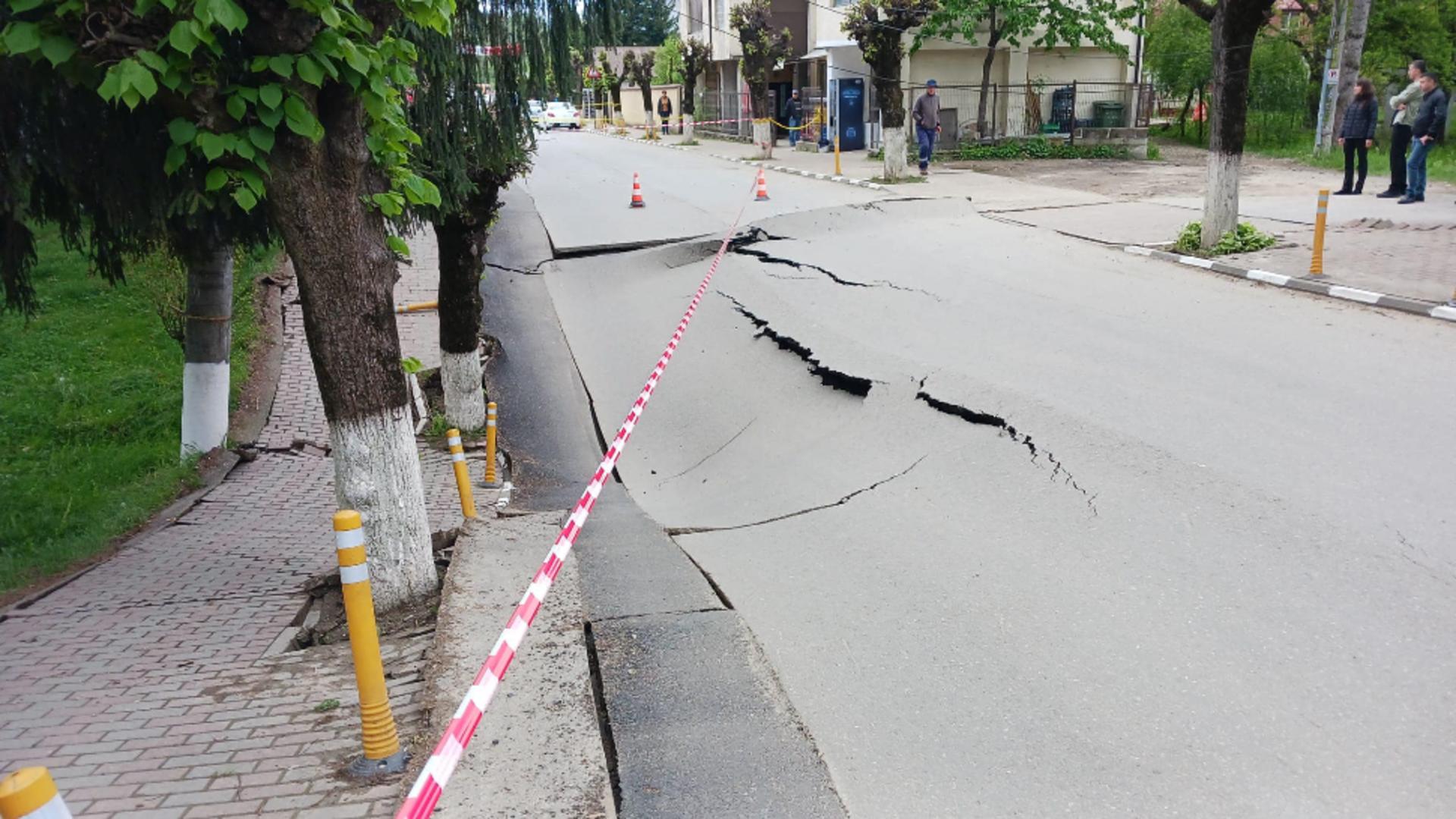GERMAN BRIEF: ENVIRONMENT
Green spaces dominate
Germany’s largest cities
Research by German Brief *
Almost 70 per cent of the land areas of Germany’s largest cities are devoted to parks, woodlands, fields and private gardens. With green spaces making up 86 per cent of its urban area, Siegen, in North-Rhine Westphalia, is the ‘greenest’ German city. Ludwigshafen, home to BASF, the world’s largest chemical company, is the least green of Germany’s 79 Großstädte, cities with more than 100,000 inhabitants. There are 17 cities where green spaces make up 80 per cent or more of their land areas. The list of 17 includes university cities like Aachen, Freiburg, Saarbrücken and Münster. The German capital Berlin is placed 63rd in the overall table, while Hamburg, Munich and Cologne are ranked 39th, 74th and 65th respectively.
With an aera of 3.7 square kilometres, Munich’s Englischer Garten is Germany’s largest city park. Berlin’s Tiergarten, Europe’s largest wildlife park, ranks second.
The land area of all of Germany’s largest 79 cities totals, cities with more than 100,000 residents, 13,564 square kilometres, equivalent to the size of Montenegro, while their green spaces amount to 9,457 sq km, an area roughly the size of Cyprus. Green spaces include parks, woodland and agricultural land within city borders and also private gardens.
Germany’s top 20 of greenest cites
German cities with below average of green spaces
* Sources and research methodology:
(1) The research used the size of urban areas provided by municipal websites as well as relevant Wikipedia pages.
(2) The green spaces research was carried out the Berliner Morgenpost using 185 satellite images.
(3) The population figures date from 2020.
In your opinion: Please comment
On other pages: Street trees in German cities | German climate goals





